From DIY to industrial use: How do self-drilling screws improve work efficiency?
 2025.07.14
2025.07.14
 Industry news
Industry news
Among the many fastening solutions, self-drilling screws are increasingly favored by many industries such as construction, equipment manufacturing and home repair due to their "one-step" installation characteristics. Models equipped with hex washer heads are used as a tool to improve efficiency by amateurs and professional engineering teams due to their excellent practicality and reliability.
1. Pre-drilling-free design greatly reduces construction time
Traditional screws usually require three steps during installation:
First drill a pilot hole (use an electric drill to drill a hole)
Tap (let the thread bite into the material)
Finally tighten
This multi-step process is not only time-consuming, but also requires the use of different tools and higher operating precision.
The biggest feature of self-drilling screws is its built-in drill bit, which can directly penetrate metal, wood, plastic and other materials, and achieve simultaneous drilling and tapping. This integrated operation:
Each screw can save 5 to 10 seconds of installation time;
Construction workers no longer need to frequently change tool heads or adjust positions;
Lower operator skill requirements, lower training and operation thresholds.
Typical application scenarios:
Large metal structure connection (such as steel structure workshop, pipeline installation)
Quick assembly of woodworking frames
Quick installation of cabinets, shelves, etc. in home DIY

2. Hexagonal washer head design improves force efficiency and fastening stability
The design of Hex Washer Head combines two structural advantages:
Hexagonal head: can be fastened with ratchet wrenches, electric impact screwdrivers and other tools to avoid slipping, especially suitable for high-intensity construction;
Washer base: expands the force area, reduces local pressure, avoids soft materials from being screwed through, and helps to improve the tensile strength and anti-loosening ability of screws.
This design is particularly suitable for:
In environments with high wind pressure and frequent vibration (such as roof panels, air conditioning installation);
Scenarios with requirements for the appearance or surface integrity of connectors.
Additional advantages:
Improve screw-in efficiency, suitable for high-speed power tools;
Reduce slipping and screw damage during batch operations;
Rubber sealing gaskets can be added for waterproofing scenarios (such as roof nails).
3. Multi-material compatibility to meet various construction environments
High-quality self-drilling screws are generally made of heat-treated carbon steel or stainless steel. The surface treatment may include galvanizing, electrophoresis, anti-corrosion coating, etc., with excellent penetration and weather resistance. With different specifications of drill bit design (such as #2, #3 drill tip), it can adapt to a variety of materials and thicknesses.
Common connection combinations:
Metal to metal: such as color steel plate, light steel keel, steel structure;
Metal to wood: such as carport, door and window frame fixing;
Wood to wood: such as wooden frame, board assembly;
Plastic connector fixing: such as PVC pipe, ABS components, etc.
There are also 304/316 stainless steel self-drilling screws with higher corrosion resistance in special applications, which are suitable for marine, chemical, and outdoor heavy corrosion environments.
4. Ideal choice for DIY users, easy to achieve professional results
For home users or amateur woodworking enthusiasts who like to do it, self-drilling screws are one of the most friendly fastening tools. It not only does not require professional drilling equipment, but also avoids the problem of misalignment or installation failure caused by inaccurate pre-drilling.
Typical DIY project applications:
Furniture reinforcement and reorganization (such as cabinets, shelves)
Wall decoration and frame hanger fixing
Light outdoor structure installation (such as simple canopy, flower stand)
Electrical appliance/pipe installation fixtures (such as wire clips, water pipe buckles)
Users only need an electric screwdriver to complete professional-level assembly effects. Even beginners can quickly get started, the operation is simple, and the error rate is low.
5. Reduce error rate and rework cost, improve overall project quality
In traditional operations, construction errors (such as inaccurate drilling position, screw disengagement, screw loosening) often cause rework, which wastes time and increases material and labor costs. Self-drilling screws effectively reduce these problems through more consistent installation performance and stronger material adaptability:
Specific performance:
The drill tip design can be automatically centered to reduce deviation;
Strong thread cutting ability, firm bite, earthquake resistance and looseness resistance;
The installation depth is stable and controllable to avoid excessive penetration or loose tightening;
The anti-corrosion layer is durable and reduces the risk of failure after rust.
Especially in industrial production lines or outsourced construction, the use of efficient and standardized self-drilling screws can significantly reduce the overall rework rate and improve the ability to control project progress.



 English
English русский
русский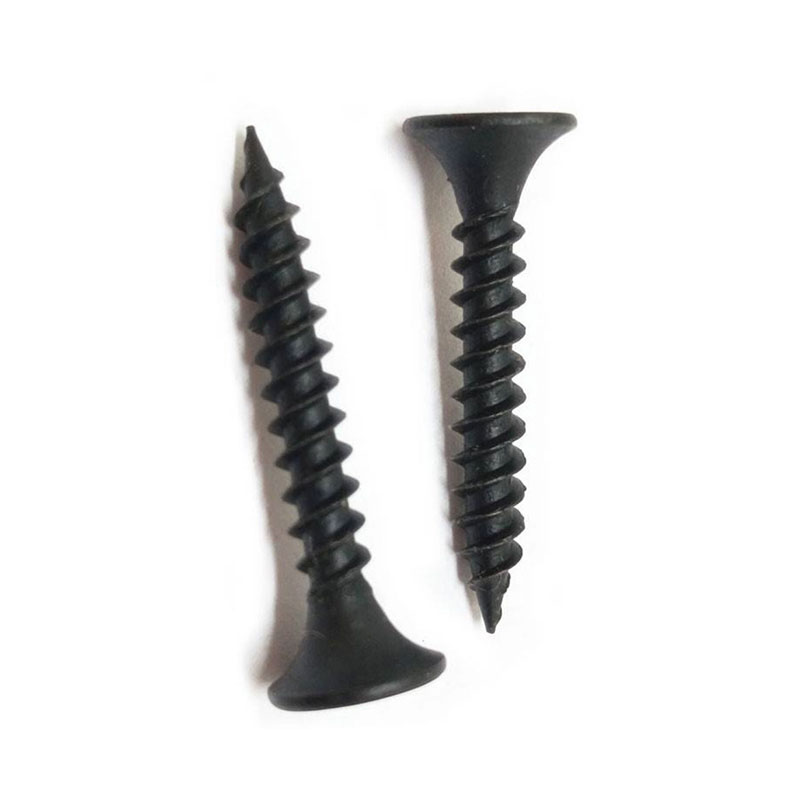
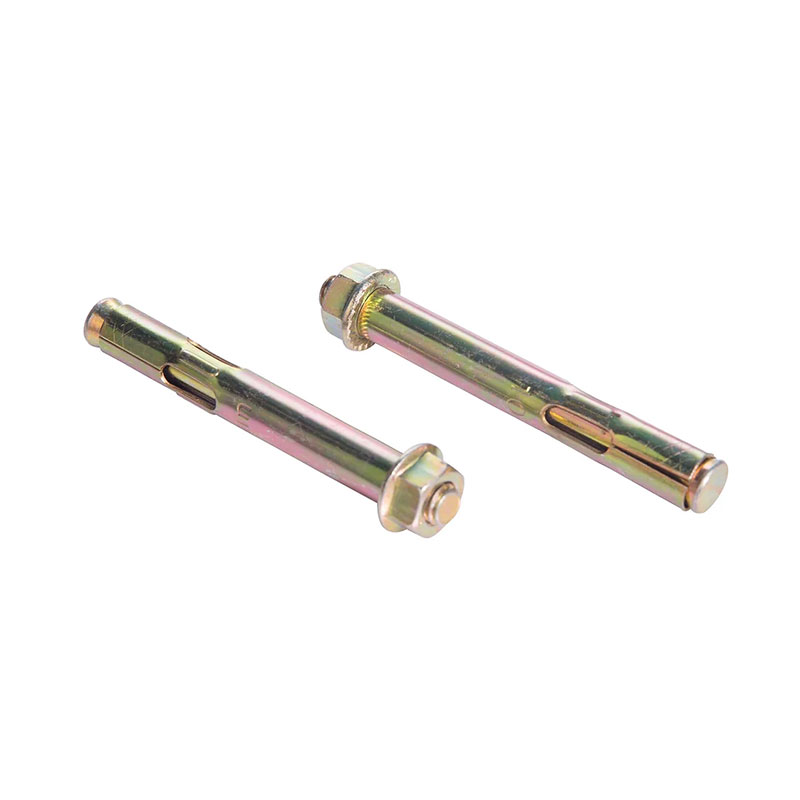
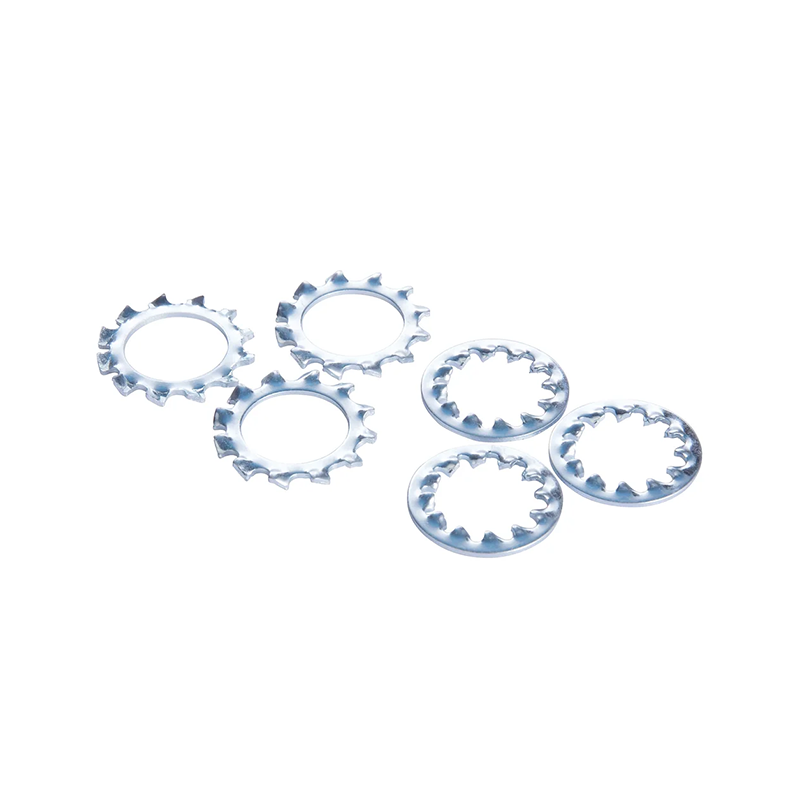
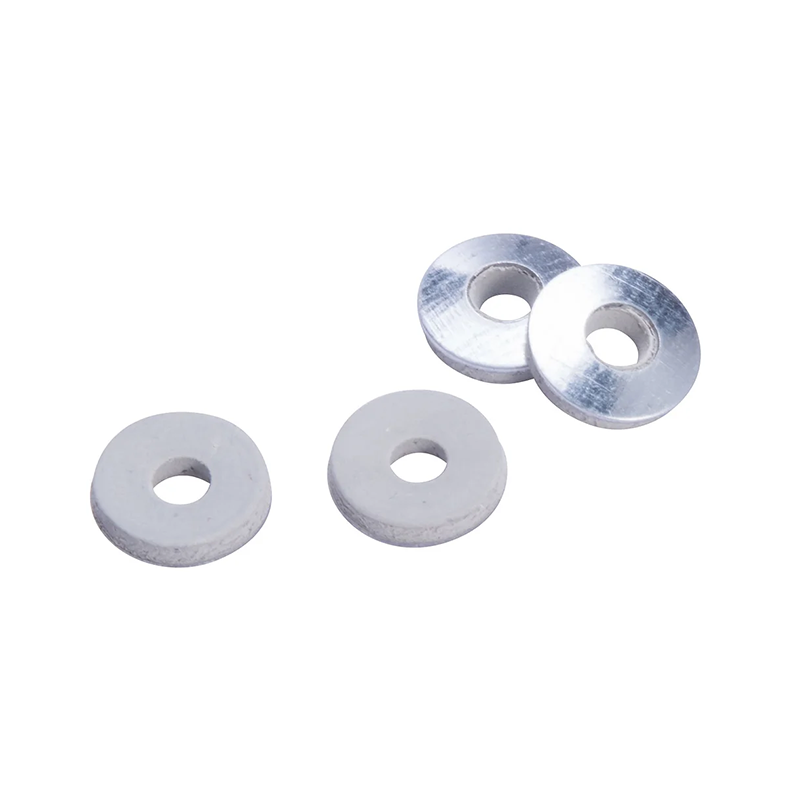





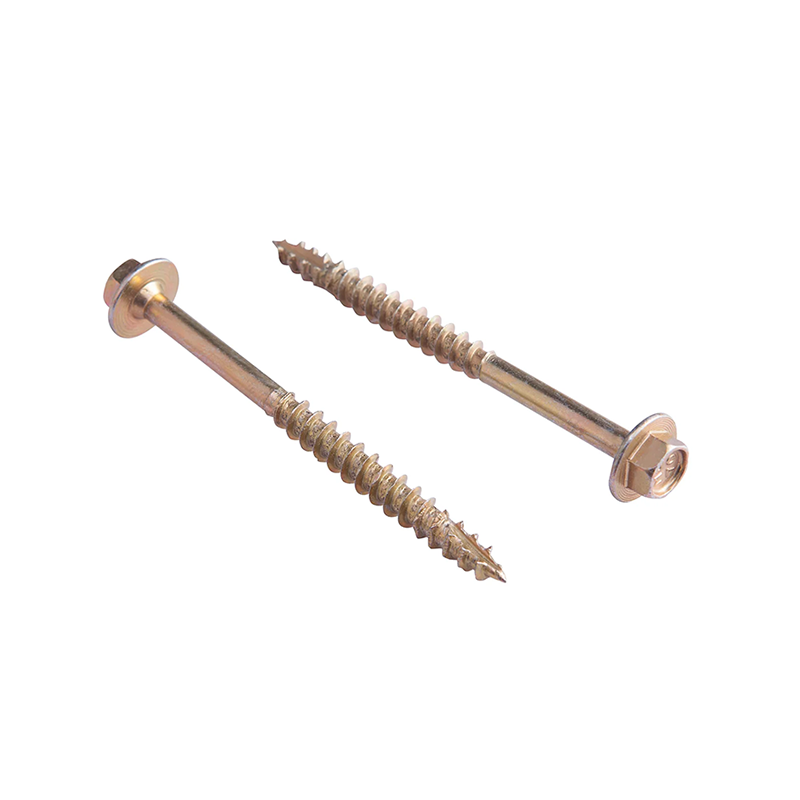


 Products
Products Tel: 86-574-62101087
Tel: 86-574-62101087 E-mail:
E-mail:  Add: Xiaocao 'e Binhai Industrial Park, Yuyao, Zhejiang, China
Add: Xiaocao 'e Binhai Industrial Park, Yuyao, Zhejiang, China